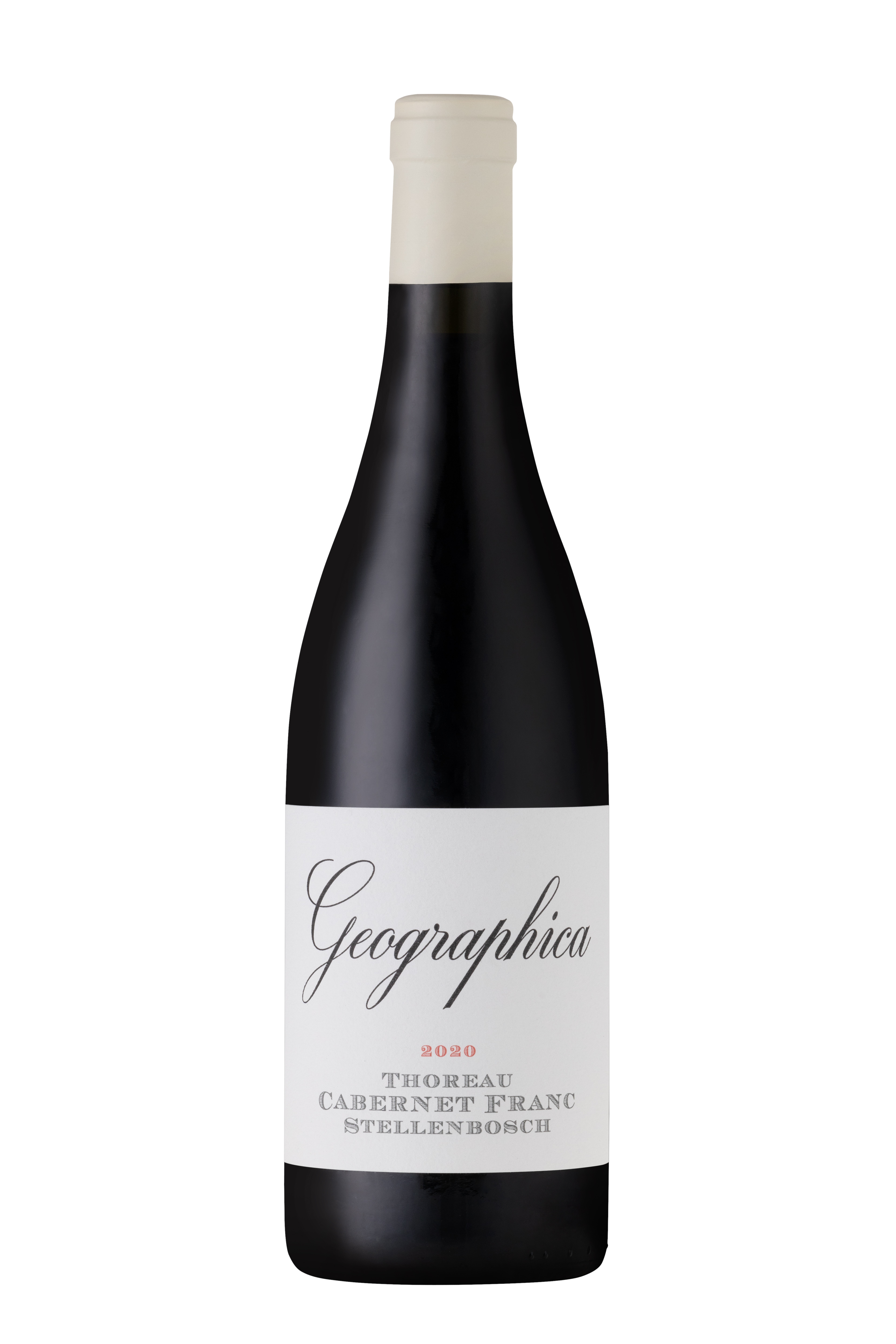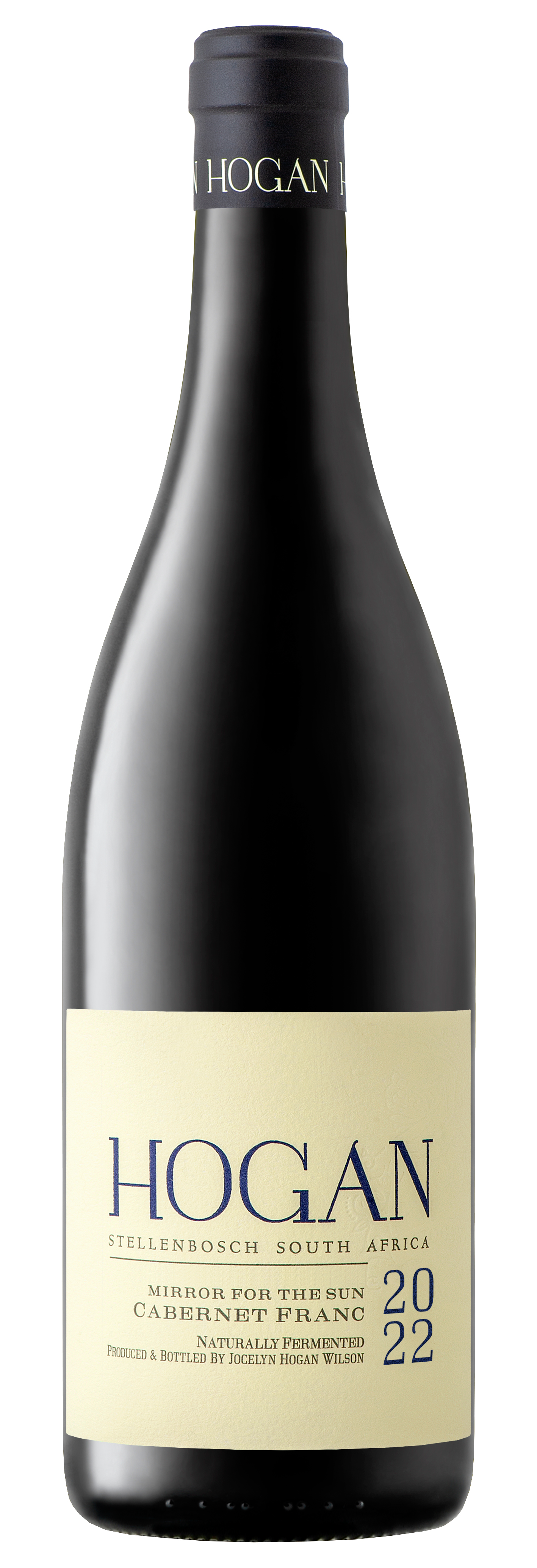The Other cabernet
If there’s any variety whose time has come, it’s cabernet franc. Although it covers just on 824 ha, as compared with cabernet sauvignon’s 9510 ha, winemakers’ enthusiasm for and success with cabernet franc more than compensates.
I asked four eminent winemakers – Bruwer Raats, Chris Williams, Jocelyn Hogan Wilson and David Finlayson - where their love of the variety started and the path to their success with it.
Bruwer was struck by what he describes as ‘the best wine in the cellar in 1996’, when he was assistant winemaker at Blaauwklippen. It was seen as a blending variety, never bottled alone, but it inspired Bruwer to resolve that when he had his own winery, cabernet franc would go solo. The variety attracted him for having ‘the structure of Bordeaux, elegance of Burgundy and spiciness of Rhône’.
Both Jocelyn and David clearly remember their lightbulb moment; drinking Chris Keet’s Cordoba Crescendo; ‘It definitely planted a seed,’ Jocelyn recalls. Then, so did the classic St Emilion, Cheval Blanc, tasted ex barrel on her honeymoon! The same wine inspired Chris, when he visited the Chateau while working in Bordeaux in 1997; he too tasted from barrel, also older vintages. Locally, the beauty and complexity of cabernet franc made a big impression on Chris during his many years as cellarmaster at Meerlust.
It may share the first word in its name, but cabernet franc has requirements different from cabernet sauvignon in vineyard and cellar. As it ripens earlier than cabernet sauvignon and is a vigorous grower, soils need to be low potential, well-drained, and either gravelly or with some clay; ‘Something white in the soil; limestone or chalk,’ Bruwer suggests. Jocelyn’s Mirror for the Sun grows on the lower slopes of the Helderberg in sandstone on decomposed granite, which produces a lighter, delicate more perfumed, Loire style,’ one she favours; ‘soils can produce very different results,’ she admits.
Winemaking varies but the general approach from all four is some wholebunch fermentation, gentle extraction of tannins, rein back on oak, mainly older and larger formats. Both Chris and Bruwer speak of treating it more like pinot noir.
That may be, but cabernet franc’s French strongholds are in Bordeaux and the Loire. Whether South African cabernet franc is better in a Bordeaux or Loire style is a hot topic. Why not both, which is Bruwer’s choice: his Dolomite is more Loire, the Family version veers to St Emilion. It really comes down to personal preference, which for Chris is the classic, structured, classy Bordeaux wines. He likes some Loire cabernet francs, but finds they are less reliable and don’t have the pedigree. Locally, he likes both; his own Geographica Thoreau version does seem to cross both styles in one wine! Jocelyn advocates a Loire style; ‘I love the purity.’ Tastes change with experience; David admits he’s leaning more to the Loire; ‘As I get to understand the grape and wine more.’

Alone or in a blend, cabernet franc can also do both. In a varietal version, Bruwer is looking for spice, fruit and herbs played out on a linear palate with freshness and silky tannins. Chris adds floral perfume, fruit purity and precision as well as ultra-fine powdery tannins; tannins too enthuse Jocelyn; ‘cab franc has such a beautiful tannin structure.’ Helderberg as well as Polkadraai/Kuilsriver areas are David’s choice, ‘these are cool enough and have the right soils.’
Cabernet franc, when blended with merlot, provides elegance, spice and acidity; with cabernet sauvignon, it lifts the aromas and adds a much finer, intricate tannic structure.
Cabernet franc’s popularity has come at a time when consumers are looking for wines that are understated, less tannic, with more elegance and freshness, Bruwer notes, adding; ‘When I started fewer than five producers were making a varietal cabernet franc – today, there are over 80.’

Cabernet franc’s time has not only come, but it’s proving as successful as these and other winemakers hoped.
- Blog by Angela Lloyd